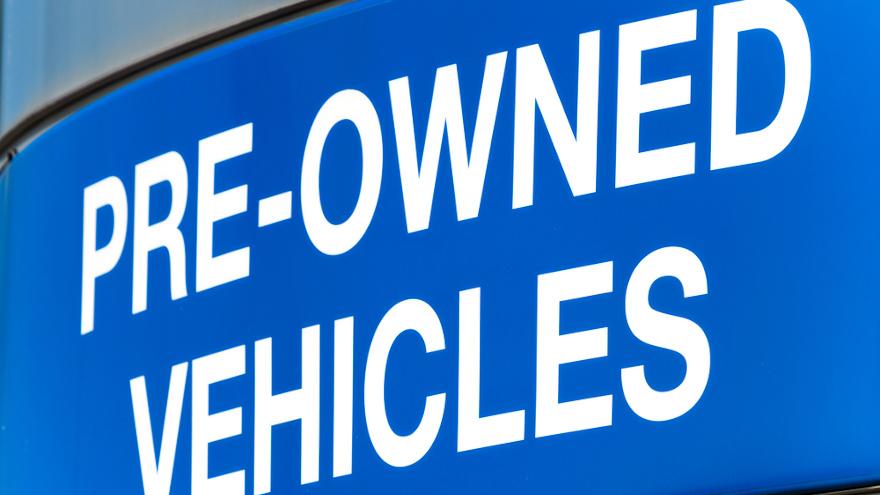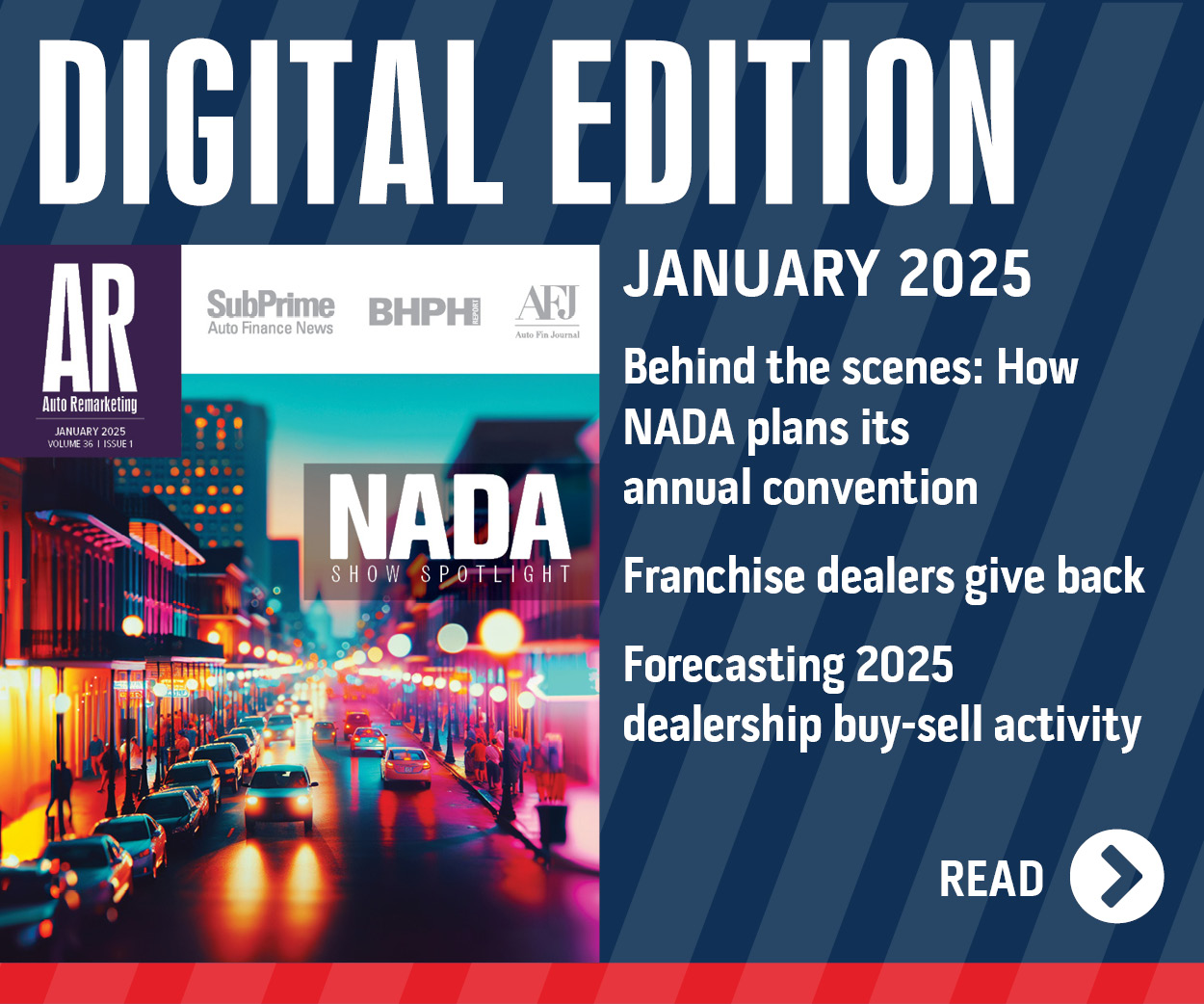Shortage of new-car supply, incentives could boost lure of CPO

Supplies and incentives are running a bit short in the new-car market.
And for cost-conscious shoppers, certified pre-owned may prove to be an attractive alternative, according to an analysis from Edmunds.
When June started, new-vehicle inventory levels were only two-thirds of what they were a year ago, Edmunds said, thanks to the impact of factory shutdowns during the pandemic.
And while automakers piled on new-car incentives at the pandemic’s outset, those are now “drying up,” Edmunds said in its analysis.
But CPO may offer a balance for those looking to save money, but also avoid the potential “risks” that can come with purchasing a used car. A 3-year-old certified vehicle has a 33% lower price tag, on average, than its new-car counterpart, Edmunds said.
“This Independence Day weekend might look a bit different than years past when it comes to incentives and deals on new vehicles, but the good news for price-conscious shoppers is that there’s plenty of value and selection in the used market,” said Jessica Caldwell, Edmunds’ executive director of insights, in a news release.
“For those concerned about the risks associated with buying used, a certified pre-owned vehicle might be a good compromise as it comes with a warranty and is generally newer with lower mileage,” Caldwell said. “And, thanks to a deluge of off-lease vehicles hitting the market, there’s a much wider selection of these vehicles for shoppers to choose from.”
Ivan Drury, who is senior manager of insights at Edmunds, added, “Many shoppers are unaware of the benefits of CPO vehicles, but given some of the financial uncertainties faced by so many Americans today, now is a great time for consumers to look into them as an alternative to new.
“These vehicles come pre-inspected, are required to meet automakers’ condition standards, and offer peace of mind with an extended warranty. Also, specific colors and features can change from must-haves to nice-to-haves when you’re looking at savings in the $10,000 range, especially on models that haven’t been redesigned in the last few years,” Drury said.
In the analysis, Edmunds shared a variety of models and the average savings between a new model and a 3-year-old CPO model. A chart detailing those savings can be found below.
An Edmunds spokesperson said via email that the company selected the vehicles below based on a few factors: high volumes (which was weighed most heavily), strongest CPO vs. new savings, and popularity/name recognition.
The chart and data below are courtesy of Edmunds.
|
Vehicle Make/Model |
Average 2017 Model-Year |
Average 2020 Model-Year |
Average Percentage Savings |
Average Dollar Savings |
|
Ford Explorer |
$27,479 |
$48,577 |
-43.4% |
$21,098 |
|
Nissan Sentra |
$13,399 |
$20,910 |
-35.9% |
$7,512 |
|
Toyota Camry |
$17,497 |
$27,167 |
-35.6% |
$9,670 |
|
Honda Accord |
$17,997 |
$27,880 |
-35.4% |
$9,883 |
|
Jeep Grand Cherokee |
$26,900 |
$41,497 |
-35.2% |
$14,597 |
|
Toyota RAV4 |
$20,847 |
$31,529 |
-33.9% |
$10,682 |
|
Nissan Rogue |
$18,299 |
$27,250 |
-32.8% |
$8,951 |
|
Chevrolet Equinox |
$18,390 |
$26,921 |
-31.7% |
$8,531 |
|
Honda Civic |
$16,711 |
$23,381 |
-28.5% |
$6,670 |
|
Ford F-150 |
$33,169 |
$45,346 |
-26.9% |
$12,176 |

 View The Latest Edition
View The Latest Edition

